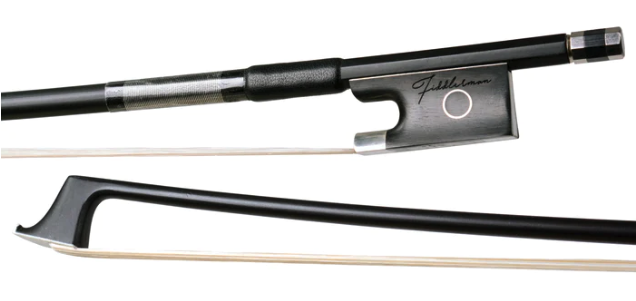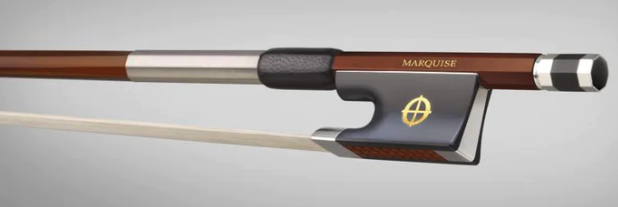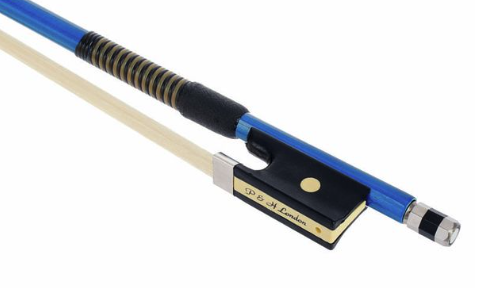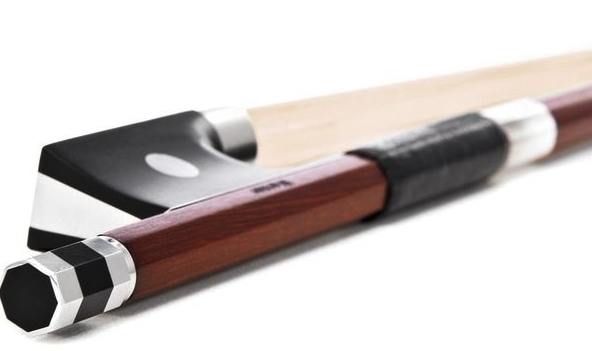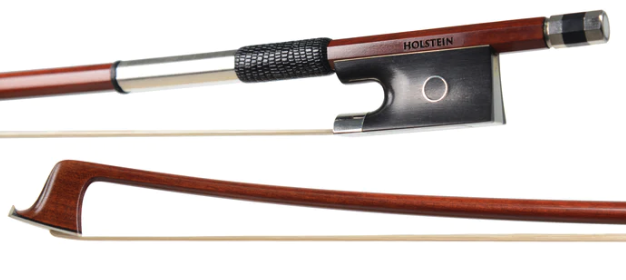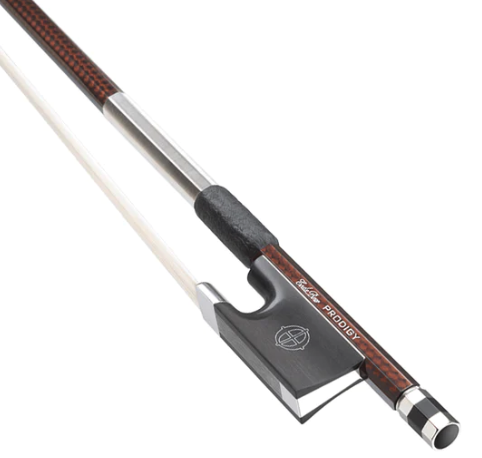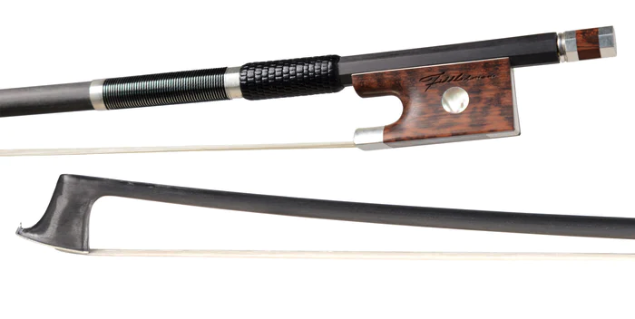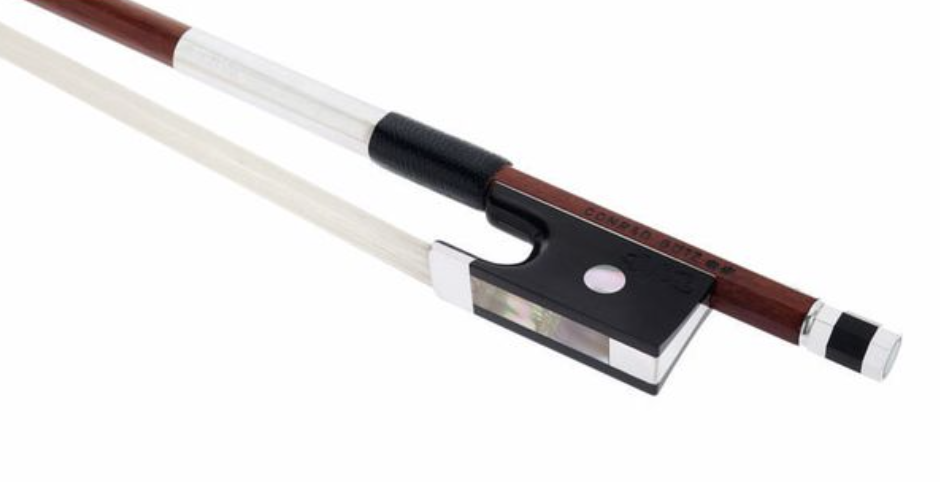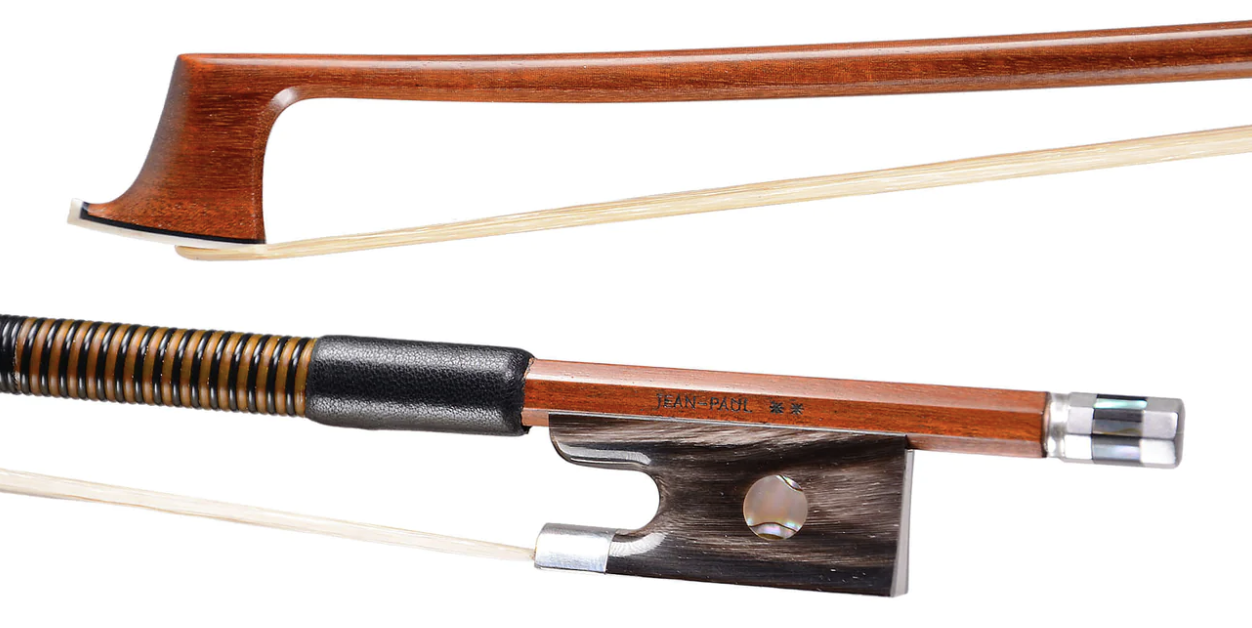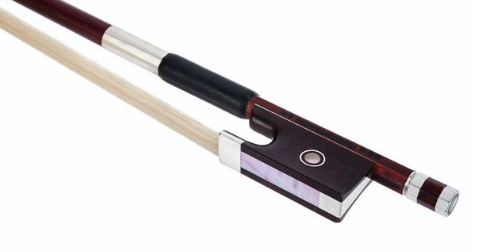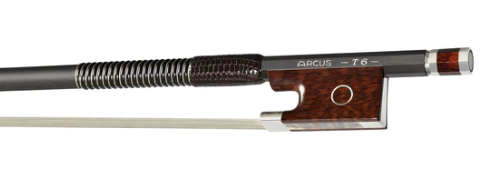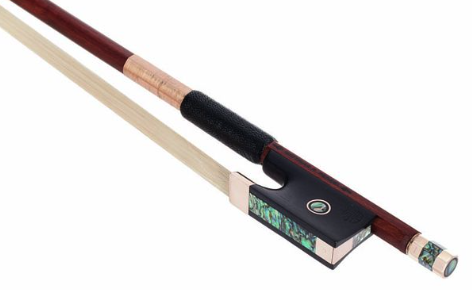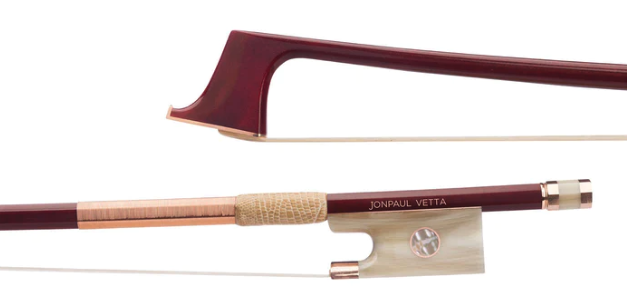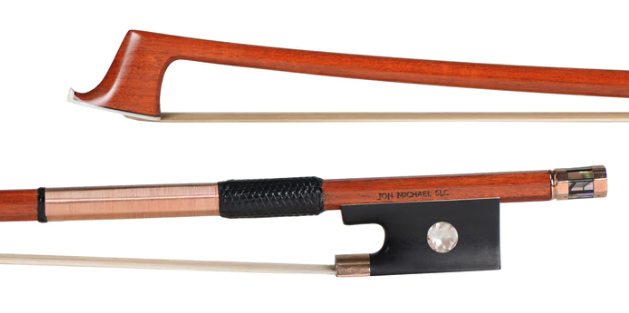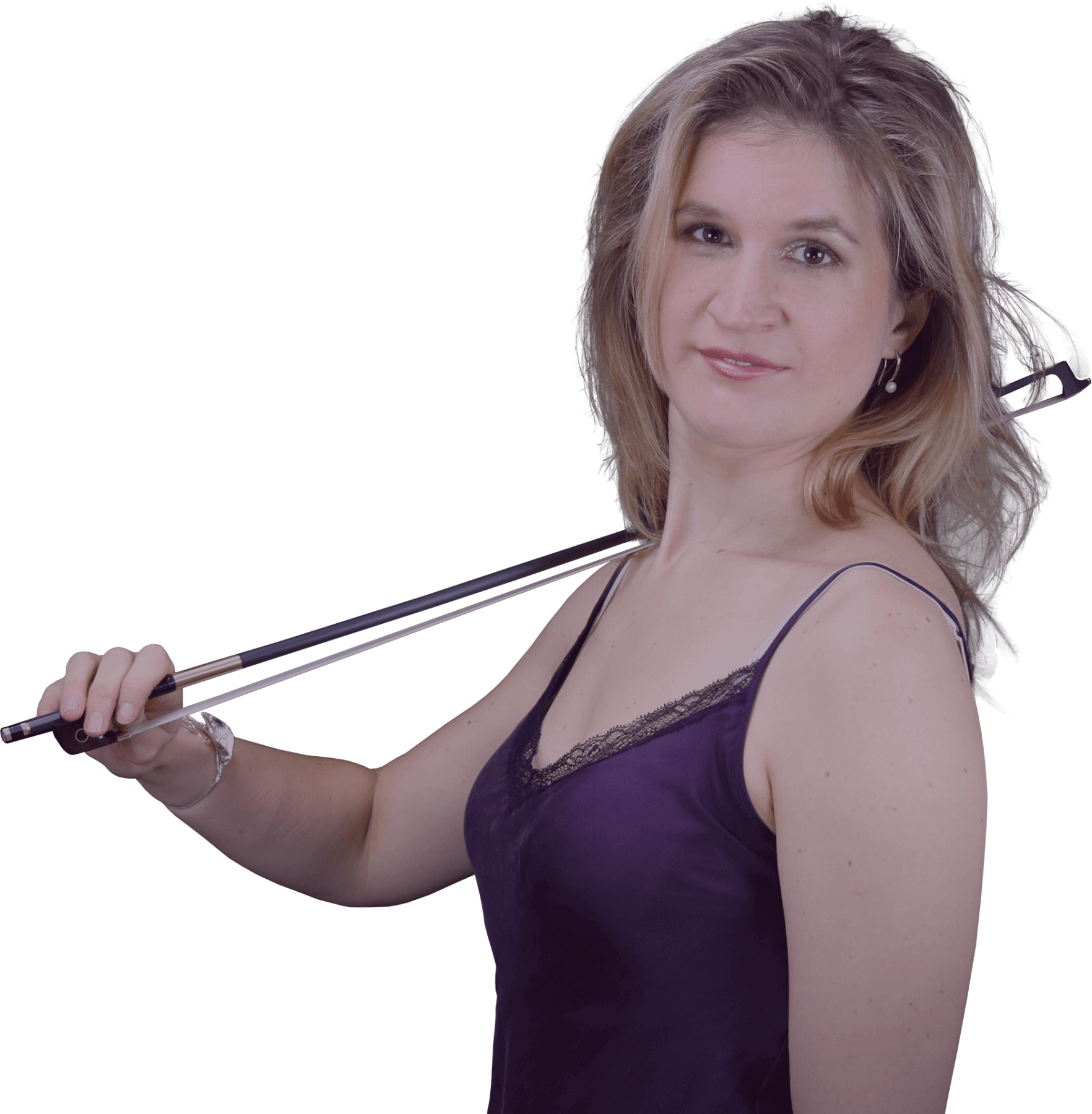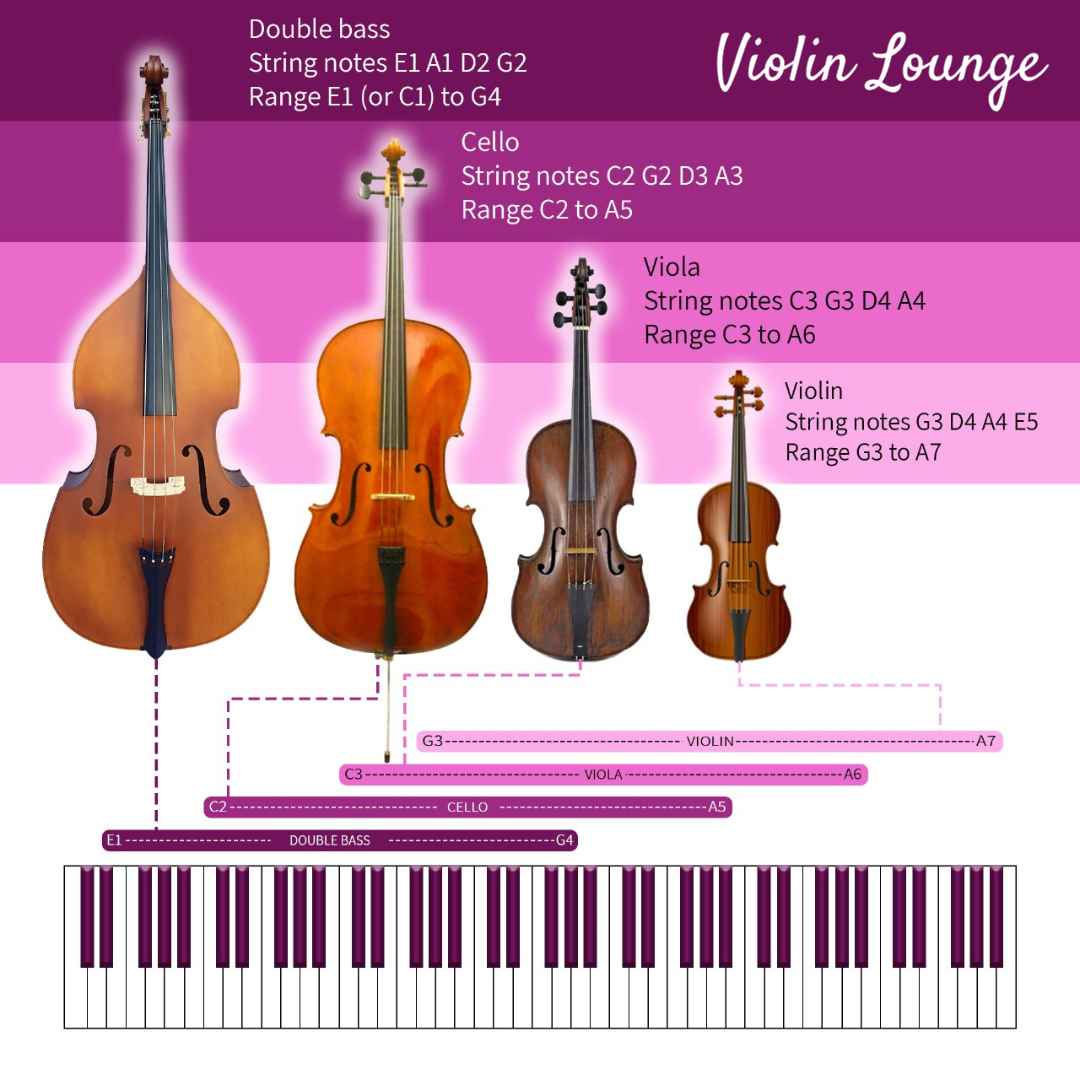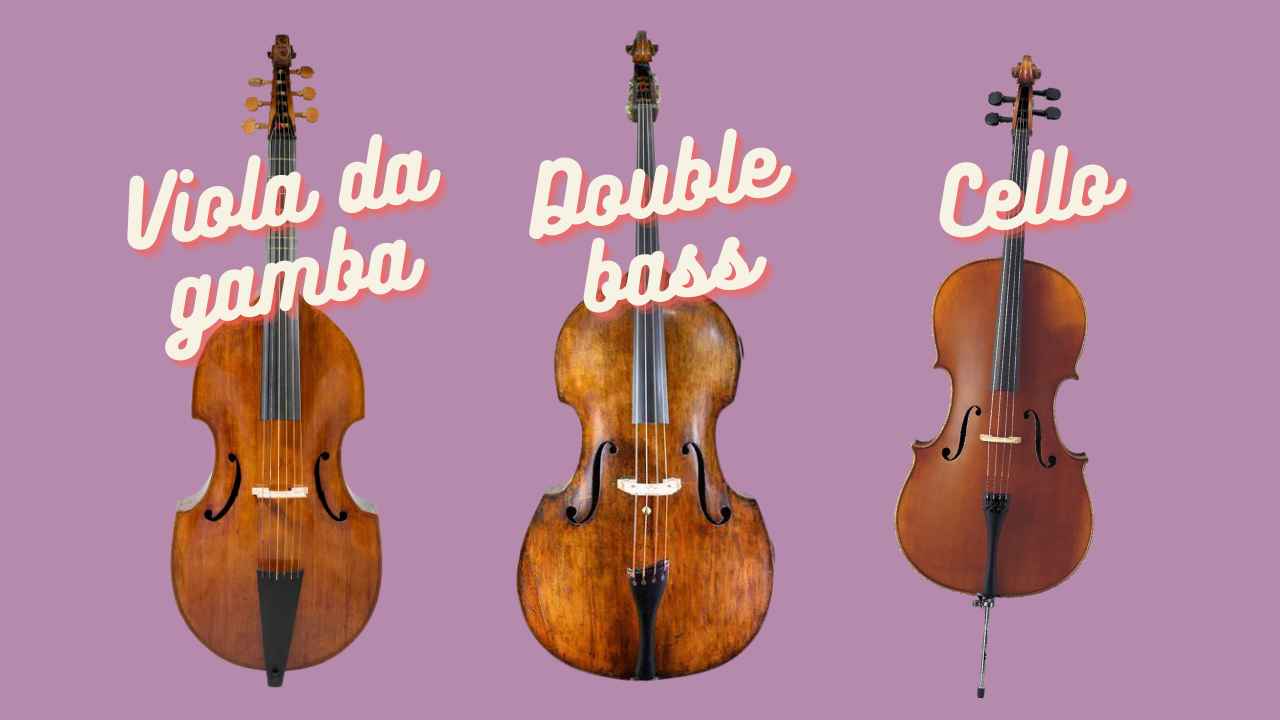Top 20 Violin and Cello Duets + Free Sheet Music
Discover the most beautiful pieces for violin and cello duo
They are ranked from easy to hard, so there’s something for everyone
Whenever it was legally possible, I’m linking to free sheet music, so you can get started with your violin and cello duo right away!
In the world of string instrument chamber music, standard combinations like string quartets or piano trios always seem to get pride of place. But what if you only have to string players? They can’t play the magnificent string quartets of Beethoven or Haydn by themselves, so what do they have to choose from? There are certainly many fantastic pieces written for duet instruments. Previously, we’ve done articles one the best duets for two violins and the best violin and piano pieces. Now it’s time for the cellists to take the spotlight.
Here are twenty beautiful pieces composed or arranged for violin and cello:
#1 Easy Traditional Duets for Violin and Cello by Amanda and Jemima Oosthuizen
If you’re a beginner looking for violin and cello duets, it is a good idea to find an entire book so you can try out several short pieces. Amanda and Jemima Oosthuizen are a mother/daughter duo who compiled several collections of violin and cello duos (not to mention combinations for other instruments.) These thirty-two easy traditional duets are written clearly with simple rhythms and all in first position. Pieces in this book include Christmas songs such as Away in a Manger, Deck the Halls, and Jingle Bells, as well as general traditional songs like Yankee Doodle.
Check it out here on Amazon: Easy Traditional Duets (First Position)
#2 Easy Classical Violin and Cello Duets arr. Javier Marcó
This volume is very similar to the previous one, except that as the title implies it is entirely arrangements of classical pieces. Most of them are very well-known, such as Dance of the Flowers, Für Elise, and 1812 Overture. Several of the titles are written in German, but even if you don’t immediately recognize the titles you will most likely recognize the tune.
Check it out here on Amazon: Easy Classical Duets
#3 10 Romantic Easy Duets arr. Francesco Leone
If you’re a beginner looking specifically for the most beautiful classical pieces arranged for violin and cello, this book is for you. There is something very unusual but helpful about these arrangements: every single piece is written three times, each in a different key. This means that you can choose whichever key is the most comfortable for you. You can also practice all three versions to get used to different scales.
Check it out here on Amazon: Easy Romantic Duets
#4 Easy Duets from Around the World for Violin and Cello by Amanda and Jemima Oosthuizen
These 26 pieces are also mostly in first position and simple rhythms. Given the title, this book has a wide array of pieces but there is a high percentage of British and Scottish tunes.
Check it out here on Amazon: Duets From Around the World
#5 Big Book of Violin and Cello Duets arr. Fulvia Mancini and Massimiliano Martinelli
This 80-page book is excellent because there are so many songs and the repertoire is so diverse. Whether you are looking for pop tunes, movie themes, or classical favorites, there is something in here for you. The pieces are mostly, but not entirely, in first position, but the rhythms are much more complex than in the books listed above. However, if you are familiar with the tunes that will help you decipher the rhythms and play them accurately.
Check it out here on Amazon: Big Book of Duets
#6 Intermediate Classic Duets for Violin and Cello by Amanda and Jemima Oosthuizen
These arrangements are well done and contain more musical expression markings. They are lovely simple arrangements of beautiful classical tunes that every developing musician should learn to recognize. These arrangements are advertised as “mostly in first position and mostly easy keys”. Tunes in this collection include The Swan, Holst’s Jupiter, and Loch Lomond.
Check it out here on Amazon: Intermediate Classic Duets
#7 Salut d’Amour by Edward Elgar
Elgar wrote this touching short love song for the woman he married. The original is for solo violin with piano or orchestra, but there are a few different violin and cello arrangements, which works really well for this piece. It is not too challenging but does require competent shifting skill and legato phrasing.
#8 Hungarian Dance No. 5 by Johannes Brahms
During the late 19th century, European composers loved writing pieces based on eastern European Brahms wrote a set of twenty-one short Hungarian dances originally for two pianos. Brahms’s audience enjoyed these pieces so much that there have been many arrangements done for other instruments. Hungarian Dance No. 5 is very popular for solo violin, but I love this fiery arrangement for violin and cello.
Sheet Music can be found here: Brahms Hungarian Dance
#9 Duo by Boccherini
Boccherini is one of the underappreciated Baroque composers. He is very well-known to cellists because he was a virtuoso cellist himself, so he has a lot of compositions for that instrument. He spent most of his life working for the Spanish royalty. This arrangement is an excerpt from his string quintet Night Music in the Streets of Madrid. This fun, spirited piece sounds like fiddle music! It is a very famous excerpt because it was used in the movie Master and Commander.
Sheet Music Can be found here: Boccherini Arrangement
#10 3 Duets for Violin and Cello by Ludwig van Beethoven
Have you heard Beethoven’s famous triple concerto? If you’re looking for a violin/cello piece that’s more manageable by the same composer, these three duos should do the trick. The duo in C Major, for example, is only ten minutes long and split into three movements. It is a cheerful piece that is quite doable for student players but is still impressive. This is a great Beethoven chamber music option if you are looking for something other than his sonatas or string quartets.
Sheet Music Can be found here: Beethoven Duos
#11 Concerto for Violin and Cello in B-flat Major by Antonio Vivaldi
This is only one of Vivaldi’s five hundred concertos. It is equally fun for both the violinist and the cellist, and the accompaniment is a blast to play as well. The word “concerto” may sound intimidating because it makes us think of huge technical works, so you should remember that concertos were very different in Vivaldi’s day. This one is only ten minutes long and roughly equivalent to other popular Vivaldi concertos that students learn.
Click here to download the free sheet music.
#12 Duo for Violin and Cello by Josef Haydn
It seems that we’ve lost appreciation for a lot of the smaller classical chamber works. Haydn’s cello concerto and his violin concertos are performance staples, so obviously a duet between the two would be the bet of both worlds, right? This seven-minute piece is similar in difficulty to the concertos and string quartets. In fact, it may be helpful to learn this duo before diving into the famous Haydn string quartets to practice string ensemble skills on a smaller level.
Click here to download the free sheet music.
#13 6 Duos for Violin and Cello by Ignaz Pleyel
Ignaz who? After listing composers like Beethoven, Vivaldi, and Haydn, this name may seem out of place. Ignaz Pleyel was actually a prolific 18th-century Austrian composer whose fame at the time even spread to America. He wrote dozens of string quartets and symphonies, as well as operas. He also had a large output of chamber music for other combinations as well. If you are looking for pieces for two violinists instead of cello, check out his violin duets. They are quite lovely and much simpler than this piece.
Click here to download the free sheet music.
#14 3 Duos for Violin and Cello by Alexander Rolla
You’ve certainly heard of Paganini, but do you know who his teacher was? Alexander Rolla, who actually was the first one to introduce some of the crazy techniques that Paganini became known for. Needless to say, Rolla was a virtuoso in his own right. He had an incredibly successful career as a composer, pedagogue, performer, and conductor. These sprightly duos are a good example of his charming yet innovative compositional style.
Click here to download the free sheet music.
#15 Aubade by Benjamin Godard
Benjamin Godard lived a short but musically rich life. Born in Paris in 1849, he showed wonderful talent from an early age. He studied violin with Henry Vieuxtemps at the Paris Conservatoire, where he later became a professor. He was a contemporary to the greatest Romantic era composers and had a vast compositional output. This includes eight operas, five symphonies, sonatas, concertos, and string quartets. Aubade contains both a slow, harmonically lush first movement and a faster second movement that sounds like a joyful country dance. If you want to hear more of Godard’s work, I recommend the very chromatic Oriental Symphony.
Click here to download the free sheet music.
#16 Danse Macabre by Saint-Saens arr. Cicely Parnas
This is an arrangement of a famous piece originally written for orchestra and solo violin. It is Saint-Saens’s musical presentation of a very strange bit of folklore. You probably recognize the theme of this piece from scary Halloween movies or commercials, but you may have no idea what it’s about. The solo violin represents death playing his fiddle and calling all the skeletons to come dance with him. There are many symbolic elements, such as the Dies Irae chant and the harp playing the twelve strokes of midnight. This is a difficult arrangement since it boils a whole orchestra down to two instruments, but it is a great duet showpiece.
Sheet Music Can be found here: Danse Macabre by Saint-Saens arr. Cicely Parnas
#17 Passacaglia by Handel/Halvorsen
This is the classic example of an ideal violin/cello combination. It is also what could be called a posthumous collaboration. Halvorsen based it off a theme from Handel’s Suite No. 7 in G Minor for Harpsichord, but then spins into technical fireworks of his own making. It is still his best-known work, and probably the most-played violin and cello duet. Although I’m also a particular fan of his piece that’s intriguingly titled Norway’s Greeting to Theodore Roosevelt.
Click here to download the free sheet music.

Hi! I'm Zlata
Classical violinist helping you overcome technical struggles and play with feeling by improving your bow technique.
#18 8 Pieces for Violin and Cello by Rheinhold Gliere
When Sergei Prokofiev was eleven years old, he began studying with Rheinhold Gliere. Gliere was a more old-school Russian composer, and one of the few who managed to keep his artistic endeavors relatively unaffected by the Soviets. Born in Kiev, he later taught at the Moscow Conservatory and won many prizes for his compositions, the most famous of which is probably Russian Sailor’s Dance. Most of these eight very short duets are suitable for intermediate players, addressing things such as double stops, unusual intervals and chromatic patterns, and many different time signatures. I recommend starting with Gavotte or Canzonetta.
Click here to download the free sheet music.
#19 Duo for Violin and Cello by Zoltán Kodály
Zoltán Kodály should be talked about more. He is best-known for his reformation of the Hungarian music education system, and composed many works for children. Although he did not officially write his own method, just a set of principles, his work became known as the “Kodaly Method.” However, he did not only write pedagogical music. He spent years collecting authentic Hungarian folksongs to use in his music. He mentored Bela Bartok. Duo for Violin and Cello, Op. 7, is complex, a fusion of many compositional elements. It is a challenging but eye-opening exploration of 20th-century music from an under-appreciated composer.
.
Sheet Music Can be found here: Kodaly Duet
#20 Sonata for Violin and Cello by Maurice Ravel
Ravel was a 20th-century composer whose fame has been maintained. He was a contemporary with Debussy, and both are often called “impressionist” composers. He did not write as many pieces as his contemporaries because he liked to work slowly, but he was a fantastic orchestrator. Bolero is a great example of this, where he takes a single theme and weaves it out for fifteen minutes. I put this duet last because it’s not as traditionally melodic as most of the other pieces. Its ethereal arpeggiating patterns in the first movement keep the tonal center ambiguous. This piece is best for very advanced or professional players.
.
Sheet Music Can be found here: Ravel Sonata Violin and Cello

